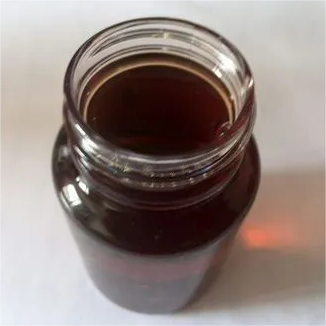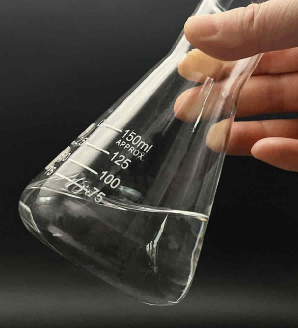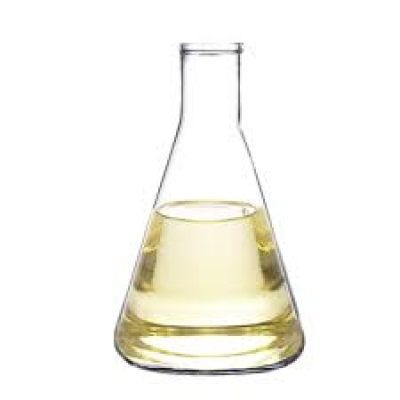1. Introduction
Just 24 hours ago, a major cosmetics retailer announced it would phase out sodium lauryl sulfate (SLS) from all private-label shampoos and body washes by 2025, citing increased customer demand for gentler, eco-friendly alternatives. This move reflects a broader industry shift away from harsh anionic surfactants like SLS—also known as sodium dodecyl sulfate, sls sodium lauryl sulfate, or natrium lauryl sulfate—toward milder, bio-based options. If you’re formulating your own skincare, haircare, or even herbicide mixtures at home, knowing how to identify and replace SLS safely is more relevant than ever.

Sodium lauryl sulfate is a powerful anionic surfactant widely used for its foaming and cleansing abilities. But its reputation for causing skin irritation, especially in sensitive individuals, has led many DIY formulators to seek alternatives. This guide walks you through how to recognize SLS in ingredient lists, understand its function as a surfactant, and replace it effectively with gentler options like alkyl polyglucoside, decyl glucoside, or amphoteric surfactants such as cocamidopropyl betaine (also called coco betaine, amidopropyl betaine, or coco amido propyl betaine).
2. Understanding Sodium Lauryl Sulfate and Its Role
Before replacing SLS, it’s essential to understand what it does. As a surfactant—short for ‘surface-active agent’—sodium lauryl sulfate reduces surface tension, allowing water to spread and penetrate more easily. This property makes it effective in shampoos, toothpastes, and even agricultural products like surfactant for weed killer or lawn wetting agent. The meaning of surfactant lies in its dual nature: one end is hydrophilic (water-loving), the other hydrophobic (oil-loving), enabling it to lift dirt and oil from surfaces.
SLS is an anionic surfactant, meaning it carries a negative charge. This contrasts with cationic surfactants (positively charged, like cetyl trimethyl ammonium bromide or cetyltrimethylammonium bromide) and non-ionic surfactants (no charge, such as polysorbate 80, Span80, or ethoxylated alcohol). Confusion often arises between SLS and sodium laureth sulfate (also called sodium lauryl ether sulfate, sodium lauryl ether sulphate, laureth sulphate, or sls sodium laureth sulfate). Despite similar names, sodium laureth sulfate is ethoxylated and generally milder than SLS.
3. Step-by-Step Guide to Replacing SLS in Your Formulations
3.1 Identify SLS in Your Product
Check ingredient labels for any of these names: sodium lauryl sulfate, sodium dodecyl sulfate, lauryl sulfate, na lauryl sulfate, or sls sulfate. In some regions, it may appear as natrium lauryl sulfate. Don’t confuse it with ammonium lauryl sulfate (or ammonium dodecyl sulfate), which is chemically similar but uses ammonium instead of sodium.

3.2 Choose a Suitable Alternative
Select a replacement based on your product’s purpose and desired properties:
- For gentle cleansing: Use sodium cocoyl isethionate, sodium lauroyl sarcosinate (or lauroyl sarcosinate), or sodium cocoyl glutamate.
- For foam boosting: Combine an amphoteric surfactant like cocamidopropyl betaine with a non-ionic surfactant such as coco glucoside or decyl glucoside.
- For herbicide or agricultural use: Opt for a nonionic surfactant like methylated seed oil or lignin sulfonate as a wetting agent for grass.
Avoid mixing anionic and cationic surfactants directly—they can neutralize each other and reduce effectiveness. Instead, pair anionic with amphoteric or non-ionic types for stability.
3.3 Adjust Your Formula Gradually
Start by replacing 25–50% of the SLS with your chosen alternative. For example, if your shampoo contains 15% SLS, try 7.5% SLS + 7.5% sodium coco sulfate (a milder anionic) or 10% coco betaine + 5% decyl glucoside. Test for lather, viscosity, and skin feel. Remember, bio surfactants like alkyl polyglucoside may produce less foam but are far gentler.

3.4 Source Quality Ingredients
Look for reputable suppliers like Rohit Surfactants Private Limited if you need bulk sodium lauryl sulfate for sale or alternatives. Ensure your substitutes are cosmetic or food-grade, especially for personal care. Ingredients like sodium deoxycholate, sodium oleate, or fluoro surfactant are specialized and not ideal for general use.
4. Common Mistakes to Avoid
Many DIY formulators mistakenly assume all sulfates are the same. Sodium laureth (laureth) is not the same as SLS—though both are anionic surfactants, their irritation potential differs. Also, avoid using industrial surfactants like sodium dodecylbenzene sulfonate or copper 1 bromide in skincare—they’re not safe for topical use.
Another error is overloading formulas with multiple surfactants without understanding compatibility. For instance, mixing polysorbate 80 (a nonionic surfactant) with Pluronic 127 or Poloxamer 188 can alter viscosity unpredictably. Stick to 2–3 well-matched surfactants for best results.
5. Conclusion
Replacing sodium lauryl sulfate doesn’t mean sacrificing performance. With the right knowledge of surfactant types—anionic, cationic, non-ionic, and amphoteric—you can create effective, skin-friendly formulations. Whether you’re making shampoo, a natural weed killer, or a gentle face wash, alternatives like alkyl polyglucoside, coco betaine, and sodium cocoyl isethionate offer safer, sustainable options. Always patch-test new blends and source ingredients responsibly to ensure safety and efficacy.
Our Website founded on October 17, 2012, is a high-tech enterprise committed to the research and development, production, processing, sales and technical services of ceramic relative materials such as How. Our products includes but not limited to Boron Carbide Ceramic Products, Boron Nitride Ceramic Products, Silicon Carbide Ceramic Products, Silicon Nitride Ceramic Products, Zirconium Dioxide Ceramic Products, etc. If you are interested, please feel free to contact us.


